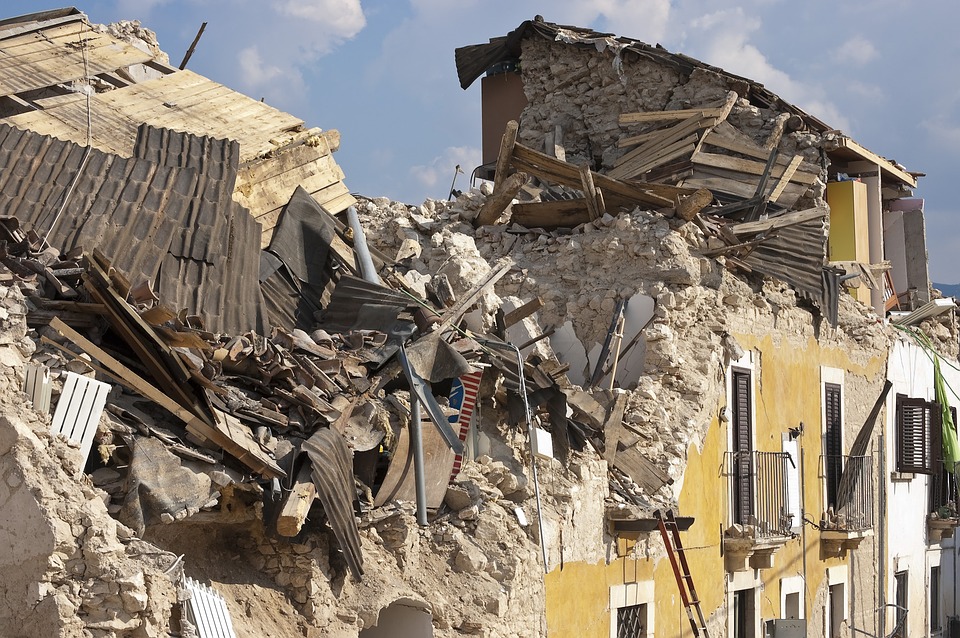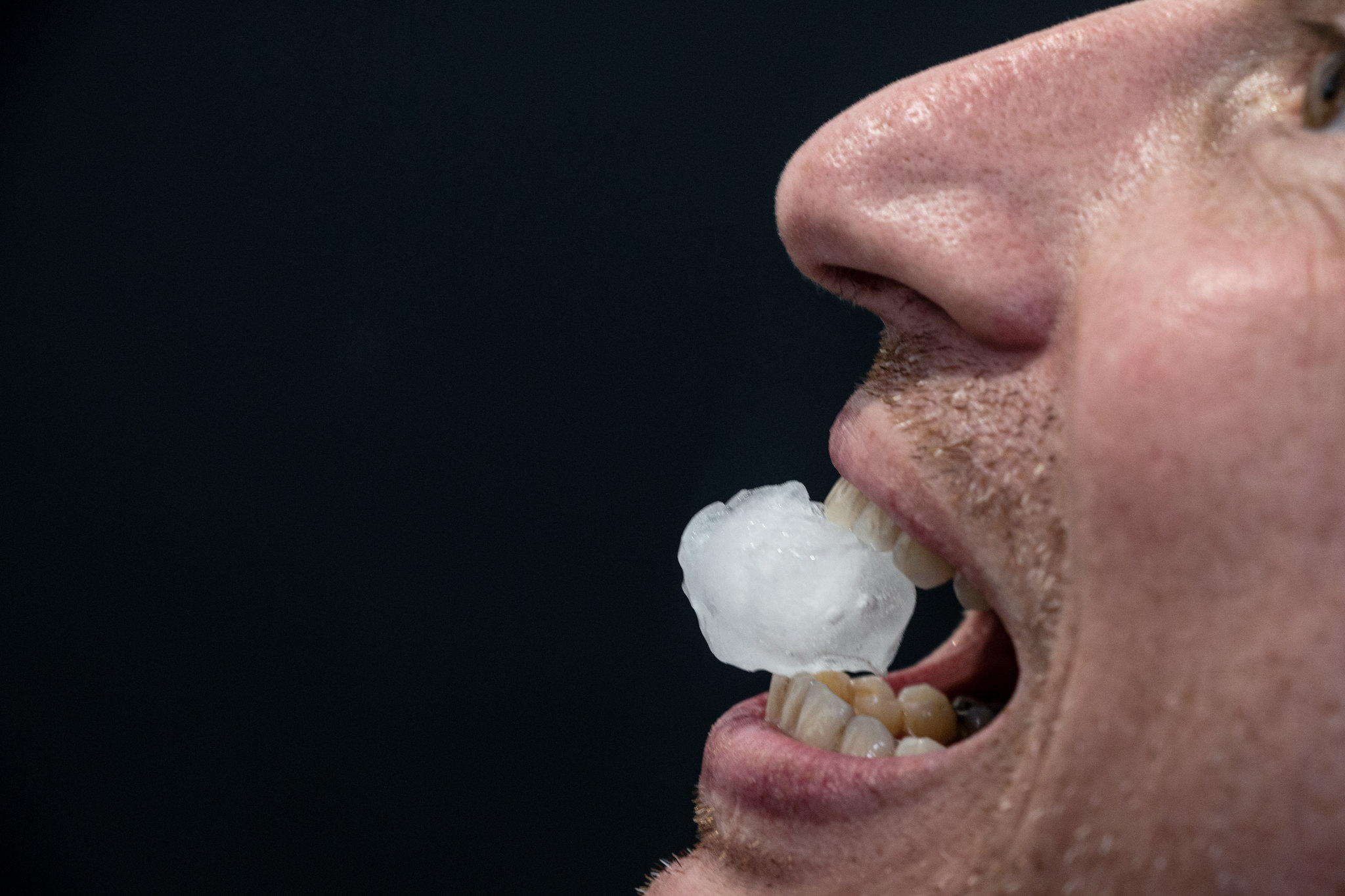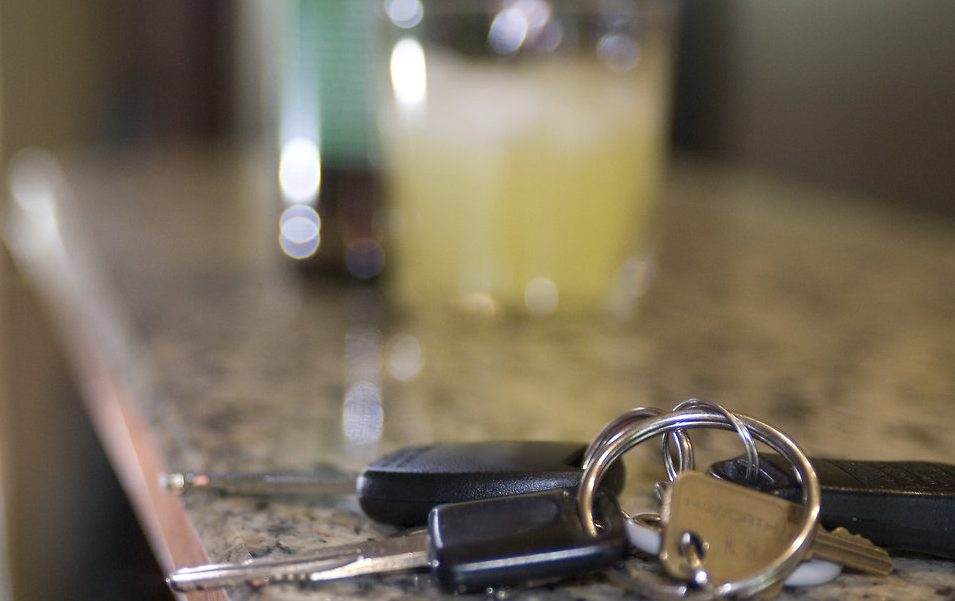
Recent earthquakes shake, rattle and roll residents with talk of ‘The Big One’
By Terry Miller
There is little scientific evidence that the summer heat we’re experiencing and earthquakes are somehow related, however the so called Shake-and-Bake theory is very much alive, especially on the internet. There is even an “earthquake cake” resourceful bakers have fashioned. Food for thought, indeed.
Experts point out however, despite the summer “shake and bake” theory, the massive Northridge earthquake was in January 1994, but ironically right after an unseasonal heat wave.
Earthquakes over a magnitude of 6 are big temblors, and on Sunday, July 14, a 7.3 quake struck Indonesia, all within the Ring of Fire. Again, it’s improbable that fire or heat have played any significant role
The recent earthquakes on July 4 and 5 were devastating to Ridgecrest and felt hundreds of miles away, including in Los Angeles. There have been thousands of aftershocks attributed to Ridgecrest’s July 5 shaker.
Was it due to the summer heat? Doubtful, most scientists would agree.
It could have been much worse if the epicenter of the July 5 magnitude 7.1 shake was closer to a large metro area like Los Angeles or Pasadena.
Signs of Quakes to Come?
According to a disturbing story in Tuesday’s LA Times, “Aftershocks of the magnitude 7.1 earthquake near Ridgecrest have been creeping into areas close to two major earthquake faults, a development that is generating interest and some concern among seismologists over whether it could trigger another huge temblor.”
The Times went on to say, “Some aftershocks have rumbled northwest of the Searles Valley earthquake, approaching the Owens Valley fault. That fault triggered an earthquake of perhaps magnitude 7.8 or 7.9 in 1872, one of the largest in California’s modern record.”
However, Dr. Lucy Jones, world-renowned seismologist — aka The Earthquake Lady —Tweeted July 12: “I’m certain the probability of a big San Andreas event is 100% … In other words, plate tectonics isn’t stopping. But it’s possible the big one is still 100 years away.”
Dr. Jones had previously explained a “normal” aftershock sequence. In a thread on July 10 she tweeted:
Where are aftershocks? Mostly they are right at the fault that broke in the mainshock. A bigger quake is on a longer piece of fault, so the aftershock sequence will cover a bigger area. The red line in this picture is the fault with black dots for the bigger aftershocks. pic.twitter.com/kUm6rtea3R
— Dr. Lucy Jones (@DrLucyJones) July 11, 2019
How big will the aftershocks be? Ratio of number of big quakes to little quakes is constant. It's ~10 times more quakes for each magnitude unit smaller. For every M6, we see 10 M5s, 100 M4s, 1000 M3s, etc. Largest aftershock is usually about one unit smaller than mainshock
— Dr. Lucy Jones (@DrLucyJones) July 11, 2019
The number dies off with time, but the magnitudes don't! They are a constant. When the number of small quakes goes down, the _rate_ of big ones goes down too, but a big one can still happen. An M5 later this week – or later this year – will be normal.
— Dr. Lucy Jones (@DrLucyJones) July 11, 2019
The Earthquake Early Warning System which is in its infancy did little to help July 5, but experts believe it will soon be a valuable tool for those of us living in earthquake country.
One of ShakeAlert’s high profile proponents is Rep. Adam Sciff (D-CA) who has repeatedly called for Congress to continue to invest in the Early Earthquake Warning System – EEWC, despite Donald Trump’s attempt to quash funds for California, issued the following statement a few days after the July 5 temblor:
“Over the July 4 weekend, California experienced its two strongest earthquakes in 20 years. We were fortunate that there were no serious injuries and damage was limited, but it’s a reminder that it’s not a question of whether a major earthquakes will strike, but when. We have to do everything we can to ensure we are prepared, and one important step we can take is the development and expansion of the ShakeAlert West Coast Earthquake Early Warning (EEW) system.” Schiff continued, “We’ve come a long way towards building out the system and making it operational, with nearly $70 million secured in federal support already, and we have to keep up the momentum because early warning can and will save lives when the next big quake hits.”
Although Trump requested $8.2 million for the EEW program in his FY2020 budget, Rep. Schiff and colleagues from California, Oregon, Washington, Nevada, and, Hawaii were able to secure $25 million in the House Appropriations bill, which now awaits a vote in the Senate.
Mayor Garcetti joined city leaders and public safety officials recently in reminding all Angelenos to prepare their homes and families for an earthquake — or any other emergency — by downloading the ShakeAlertLA mobile app and signing up for NotifyLA emergency alerts.
The Mayor partnered with Pasadena’s Dr. Lucy Jones and the United States Geological Survey (USGS) to create the Resilience By Design report, which led to the mayor’s enactment of a historic mandatory building retrofit ordinance to fortify vulnerable structures.
“Los Angeles is a model of preparedness, yet we cannot wait for an earthquake, fire, or flood to jolt us into action — we have to empower neighborhoods to be ready before the next disaster strikes,” said Mayor Garcetti on July 12. “Resilience is everyone’s responsibility, and today’s announcement is a direct challenge to all Angelenos: to stay informed, remain alert, and ensure emergency preparation is woven into the fabric of our communities.”
According to USGS, the Ridgecrest aftershock sequence remains “very active” since the magnitude 7.1 main shock occurred on July 5. As of July 12, more than 8,900 aftershocks have been recorded including: more than 540 magnitude 3 or larger events, 51 magnitude 4 or larger, and 5 magnitude 5.
On July 12 at 6:11 a.m. Pacific Time a moderate magnitude 4.9 aftershock occurred near Ridgecrest. Aftershocks like this are normal, and in the coming weeks, seismologists expect additional magnitude 4 or larger aftershocks. So far, all of the magnitude 4 and above aftershocks are occurring within the original aftershock zone.
As with any natural disaster, preparation is paramount.
- If an earthquake happens, protect yourself right away. Drop, cover and hold on.
- If you are in a vehicle, pull over and stop. Set your parking brake.
- If you are in bed, turn face down and cover your head and neck with a pillow.
- If you are outdoors, stay outdoors away from buildings.
- Do not get in a doorway.
- Do not run outside.
Visit EarthquakeCountry.org/step5 for tips and videos on what to do in a variety of other situations.






